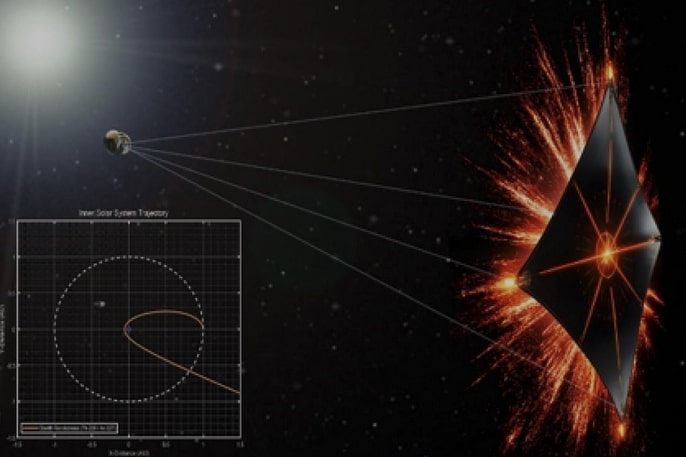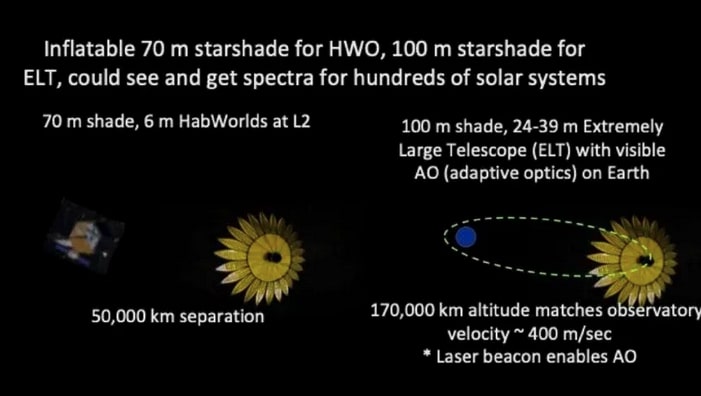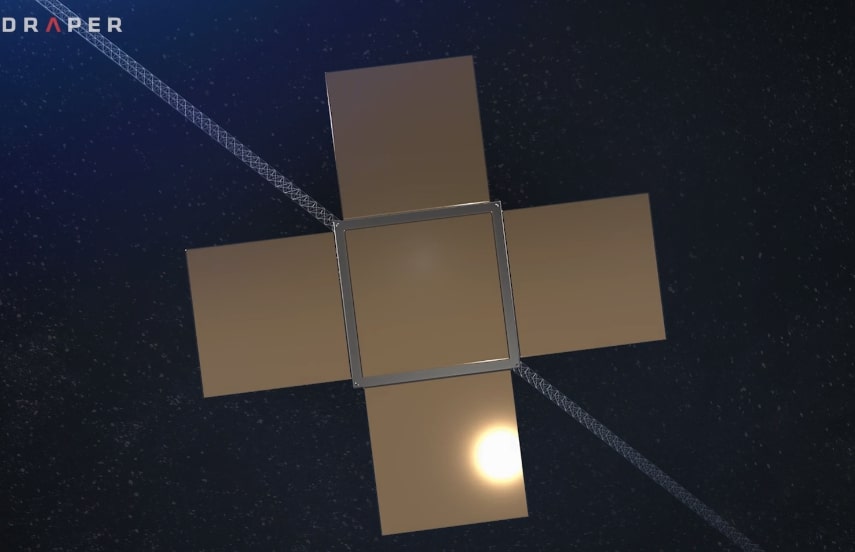Now Reading: Revolutionizing Space Travel: Thin Film Nuclear Propulsion Unveiled
-
01
Revolutionizing Space Travel: Thin Film Nuclear Propulsion Unveiled
Revolutionizing Space Travel: Thin Film Nuclear Propulsion Unveiled

Quick Summary
- NASA’s Thin-Film Nuclear Engine Rocket (TFINER) concept has advanced to Phase II, funded by NASA’s NIAC program, with completion targeted by May 2025.
- Collaboration includes Northwestern University, Yale University, Los Alamos National Laboratory, and NASA Marshall Space Flight Center.
- TFINER uses thin radioactive isotope layers for propulsion via alpha decay particles; thrust does not diminish with distance from the Sun.
- System design:
– Three-layer thrust sheets (~250 m²), including a ~10-22 micron thick fuel layer of alpha-decay isotopes coated with beryllium substrate (~35-50 microns).
– Emissions directed asymmetrically to create propulsion; expandable to tether structures for fine-tuned maneuverability.
- Performance:
– Generates delta-V of ~100-150 km/s using small amounts (e.g.,~30 kg) of radioisotope material spread across large sheets.
– Thorium-based cascades improve output performance by up to five times due to secondary decay chains.
- Applications include interstellar object rendezvous missions like ‘Oumuamua and solar gravitational focus imaging for exoplanet exploration beyond the capabilities of current technologies.
- Phase II will focus on maturing thrusters through experiments, exploring isotope production options useful for space and medical applications, and hybrid mission designs.
Indian Opinion Analysis
The TFINER project represents a significant technological breakthrough in propulsion systems essential for deep space exploration. Its utilization of passive nuclear decay eliminates reliance on reactors or solar energy, making it highly effective even at vast distances from celestial energy sources like the sun. For India-a spacefaring nation with ambitions in lunar and interplanetary exploration-NASA’s advancements in this field may present valuable lessons or collaboration opportunities as ISRO explores next-gen propulsion beyond conventional cryogenic engines.
Moreover, the dual-use nature-space exploration alongside isotope production-suggests avenues where Indian research institutions can contribute uniquely while addressing domestic needs such as medical isotopes. Beyond technical aspects lies an opportunity: should modular nuclear technologies mature further globally within cooperative frameworks like Artemis programs or scientific missions looking at objects like ‘Oumuamua’, India can potentially align further its technology aspirations hear economically secure decadal planning inputs


























